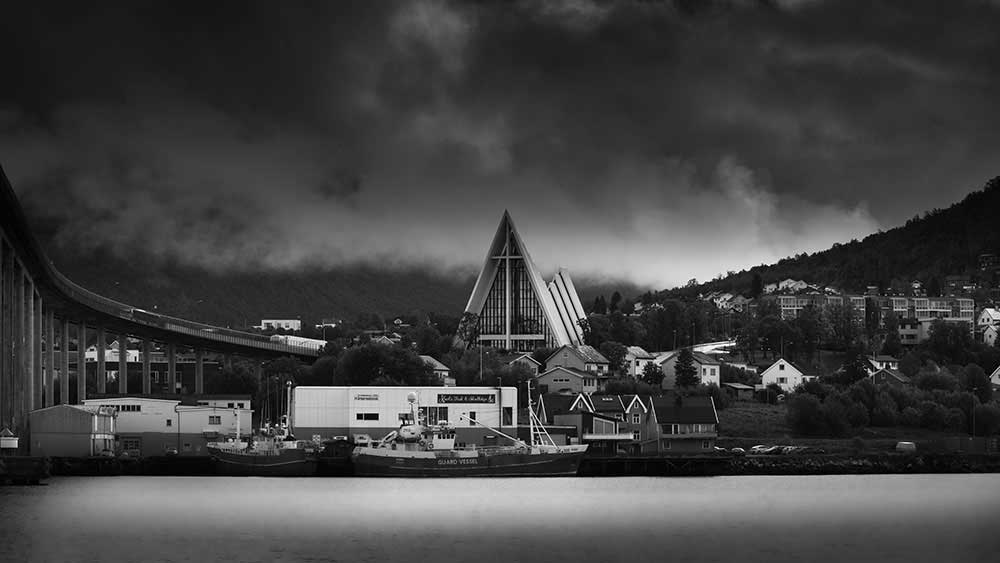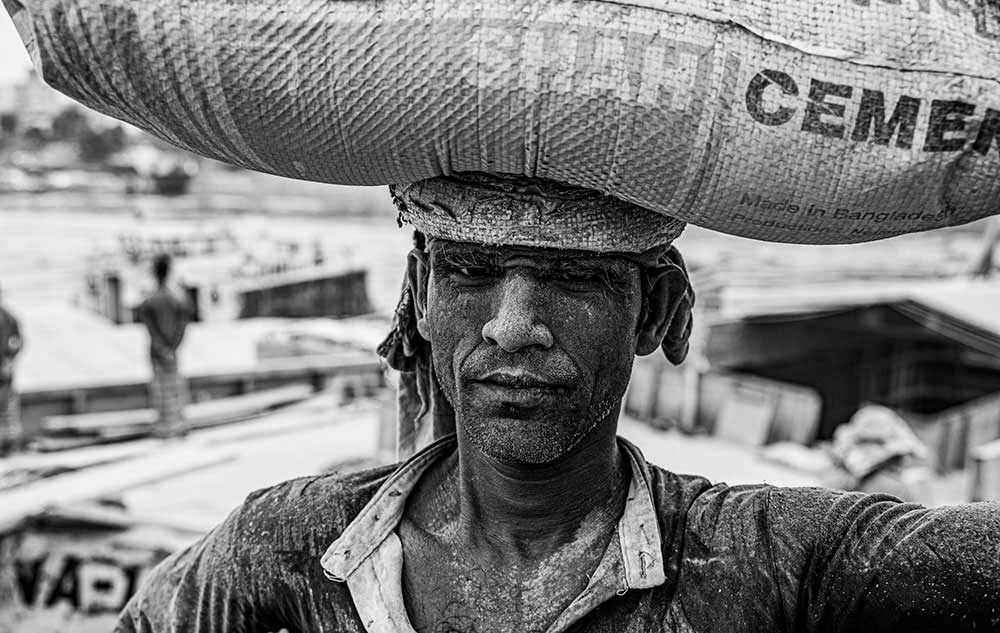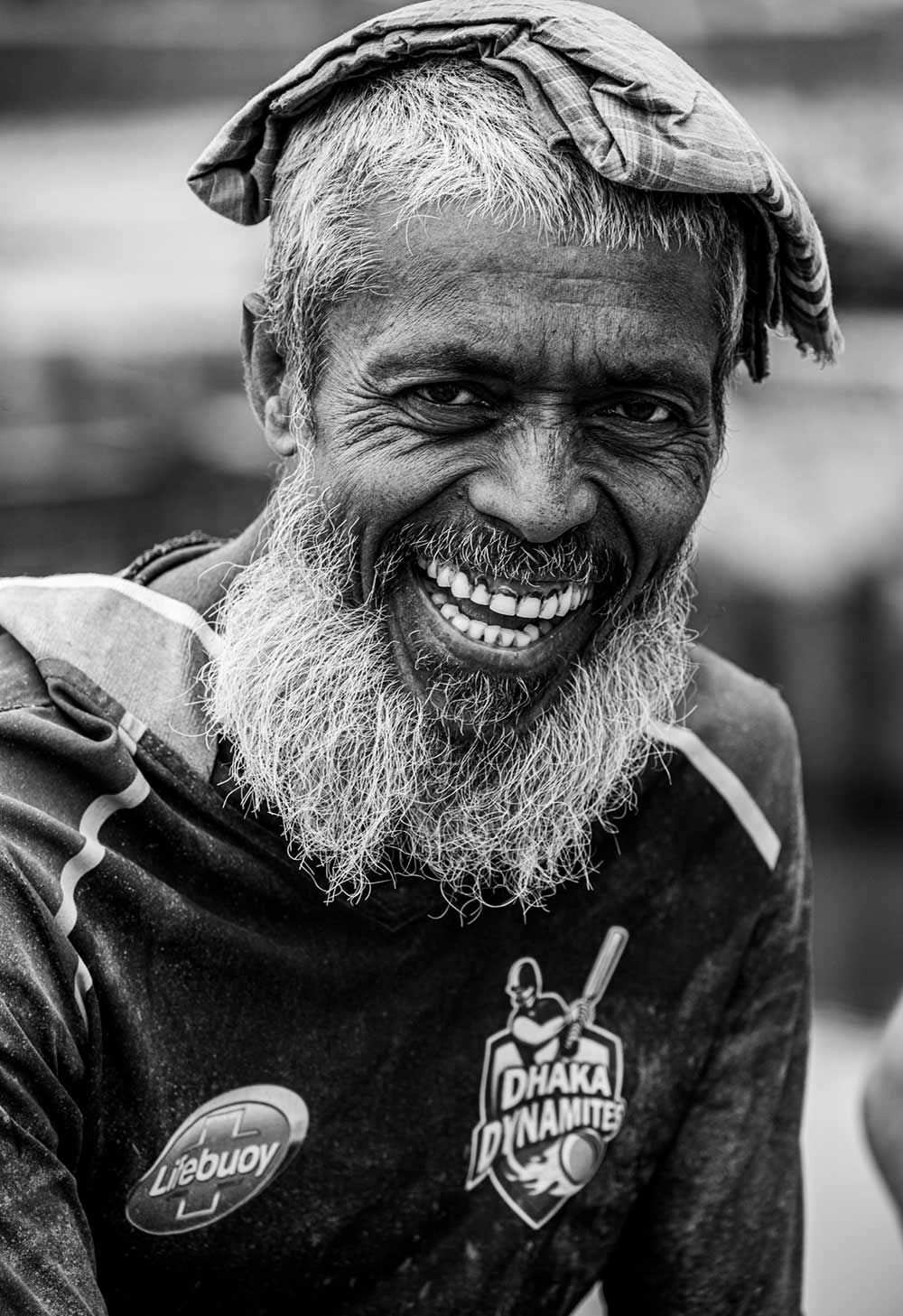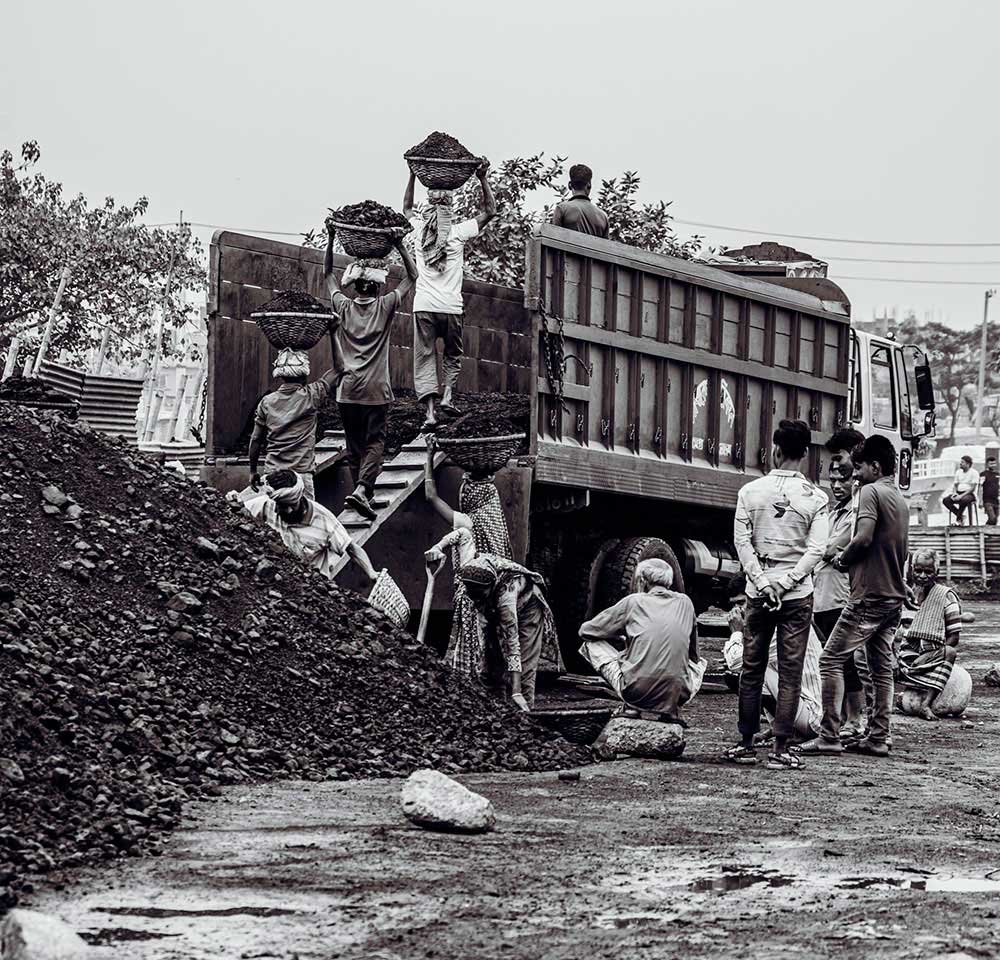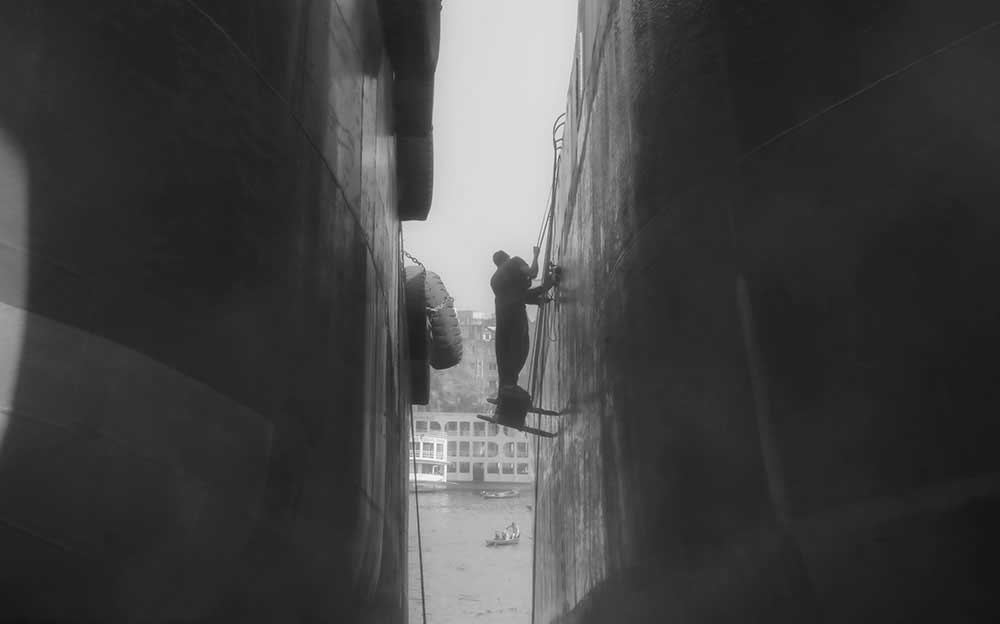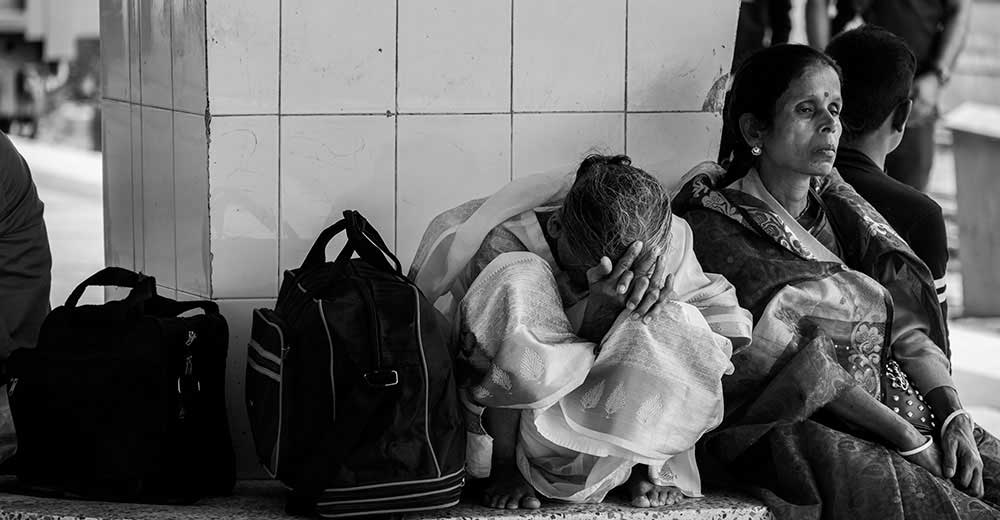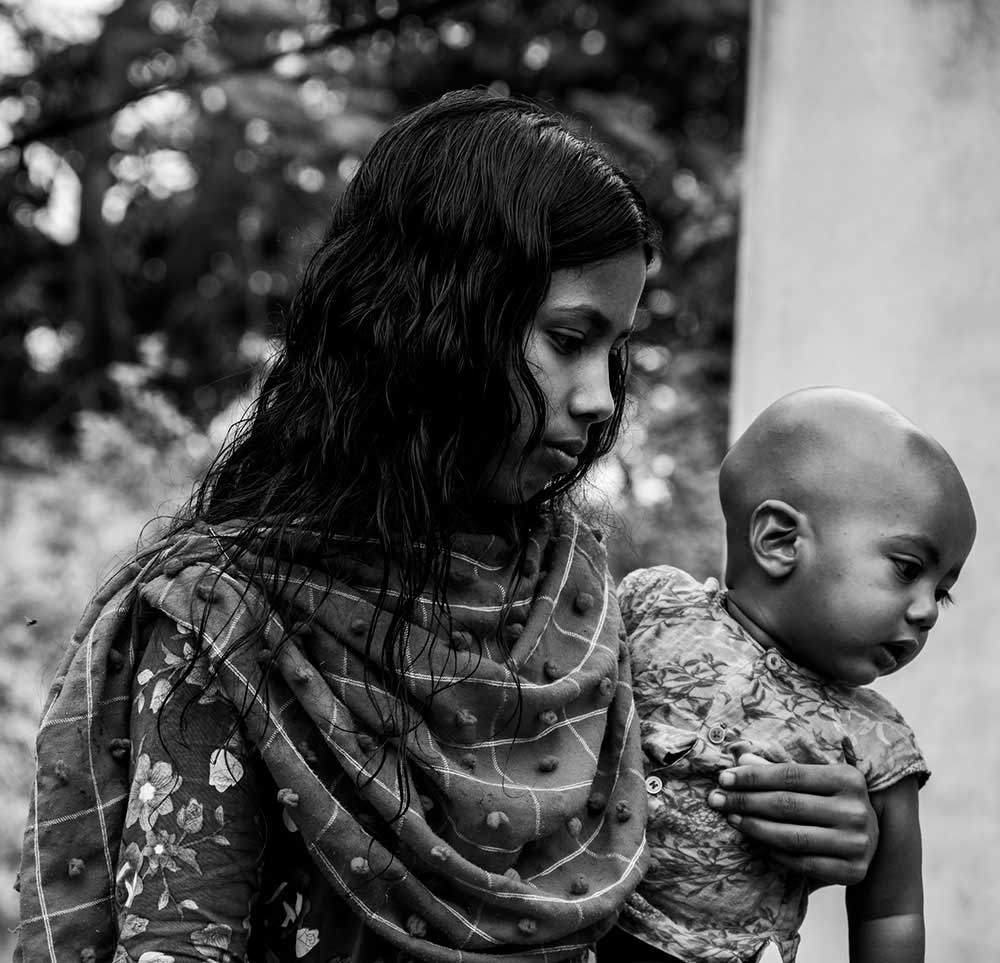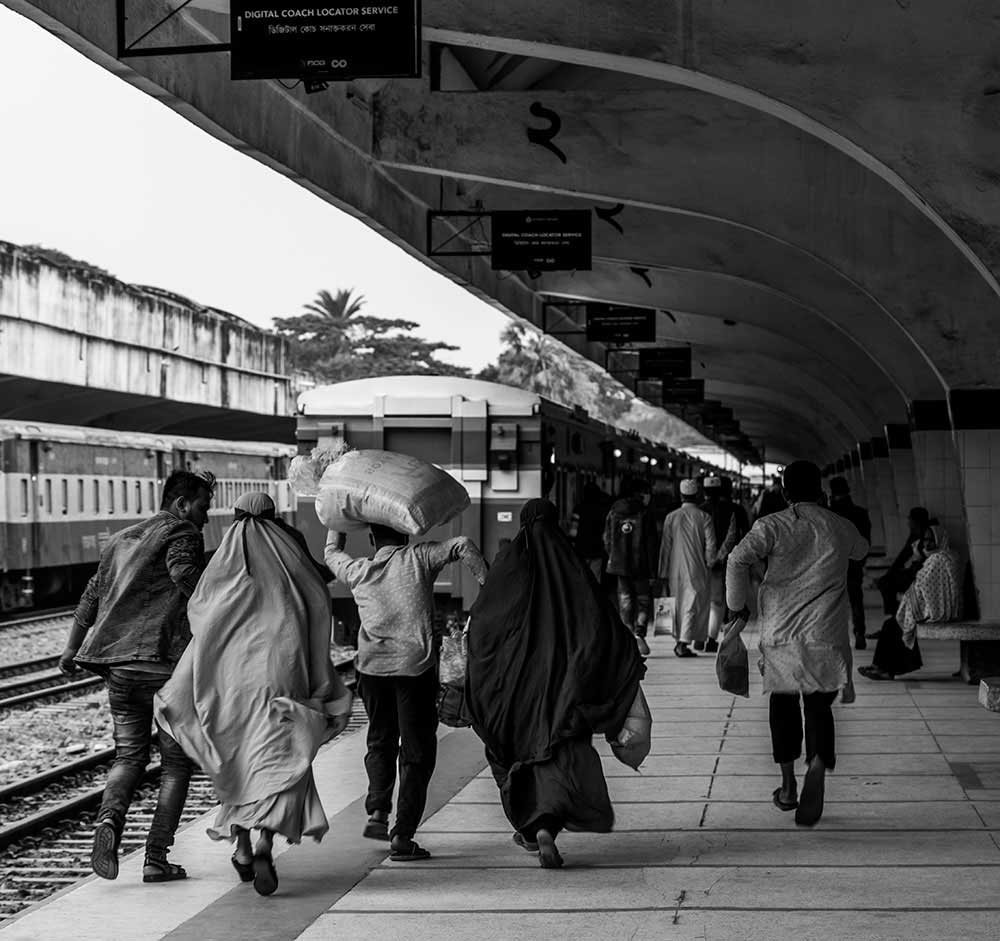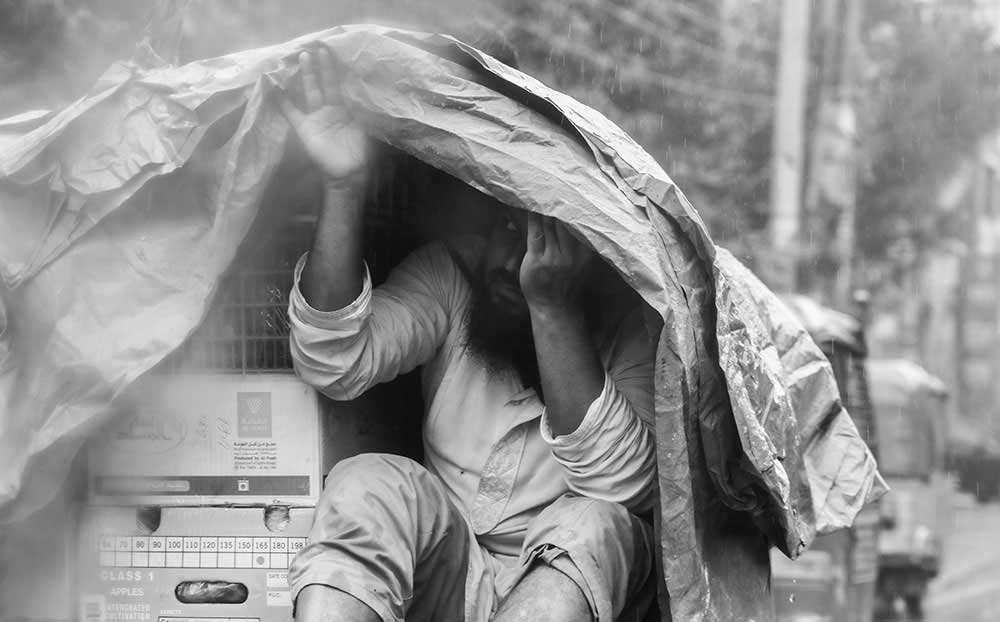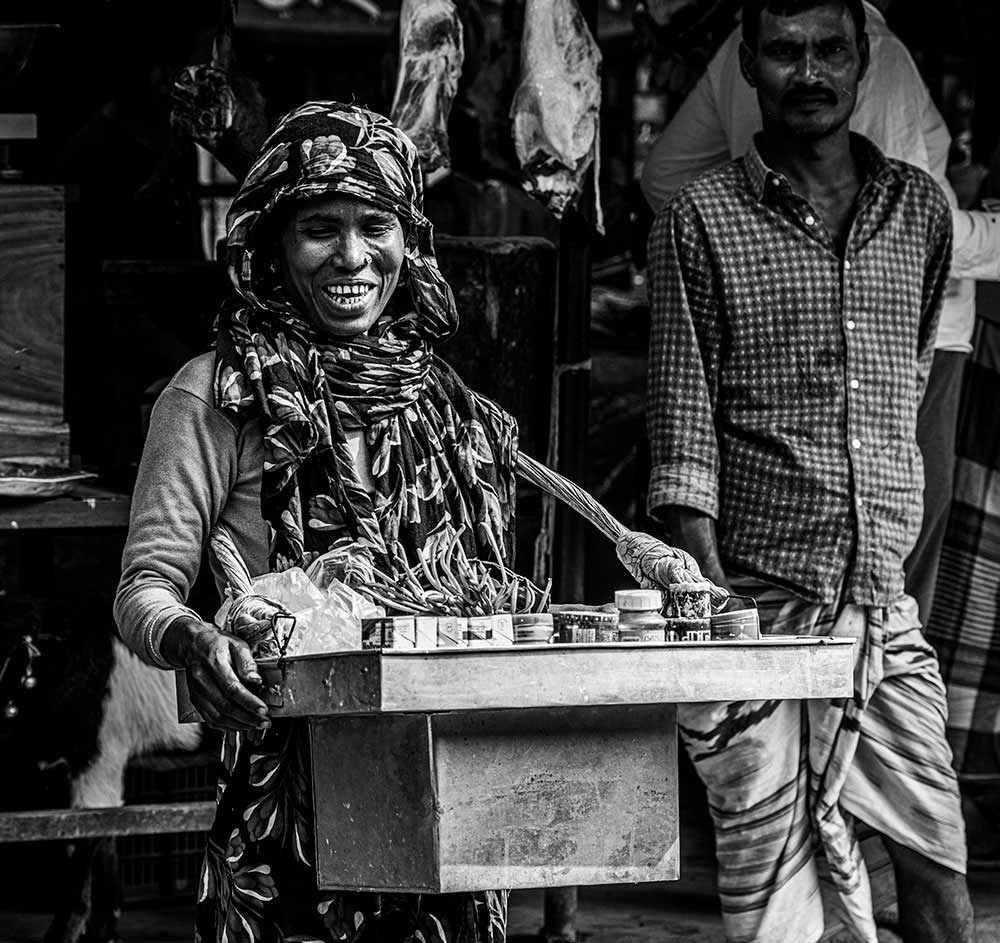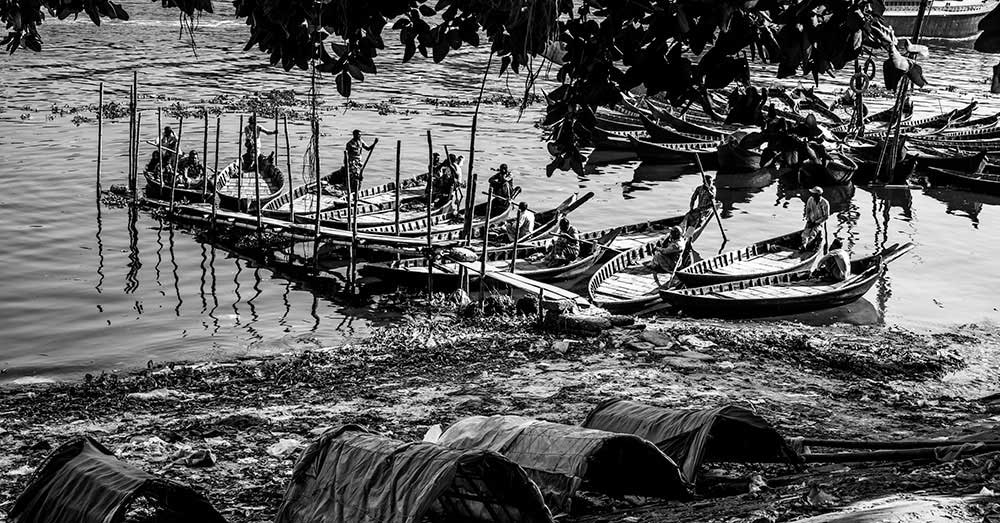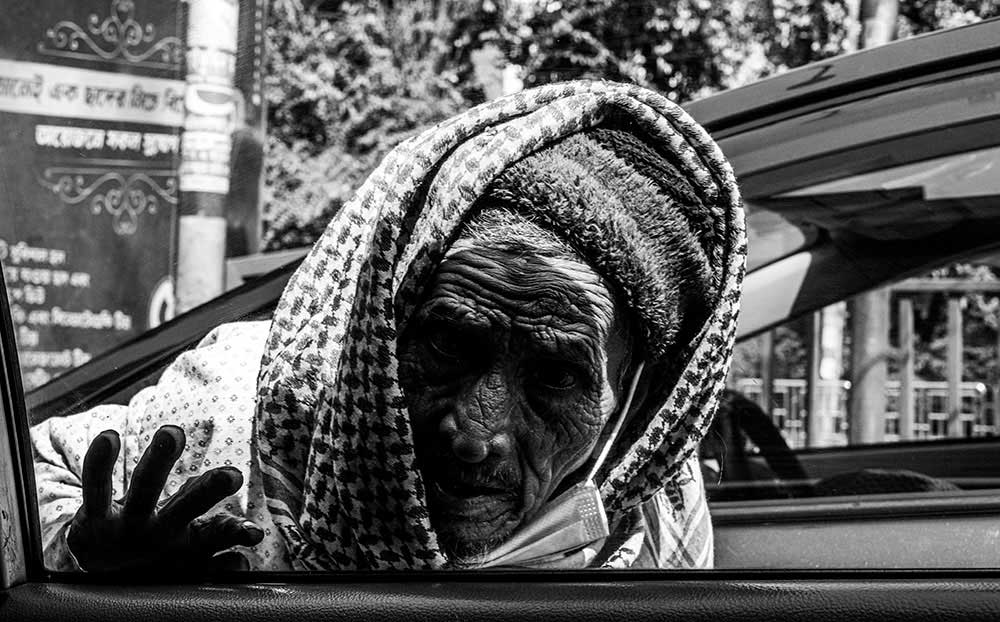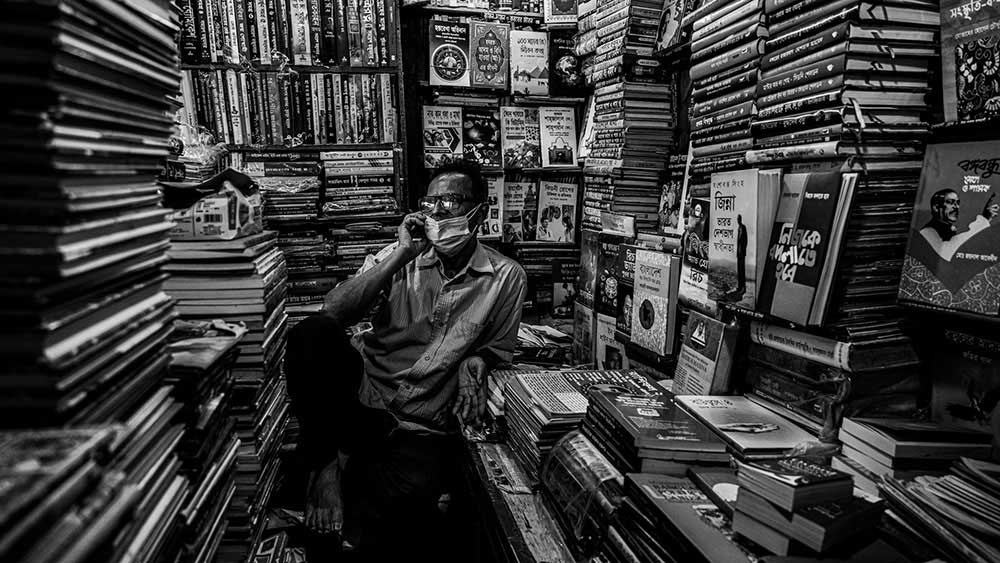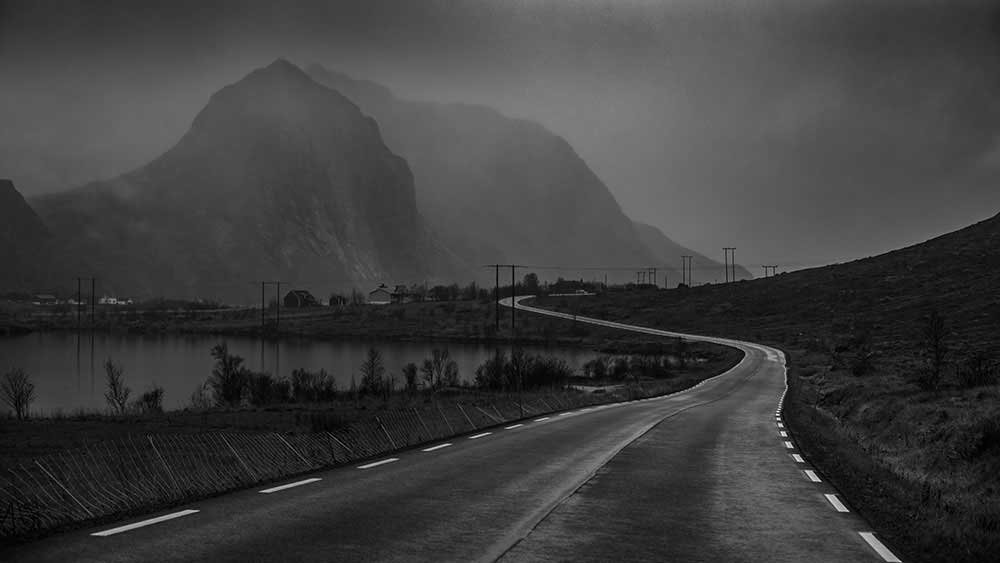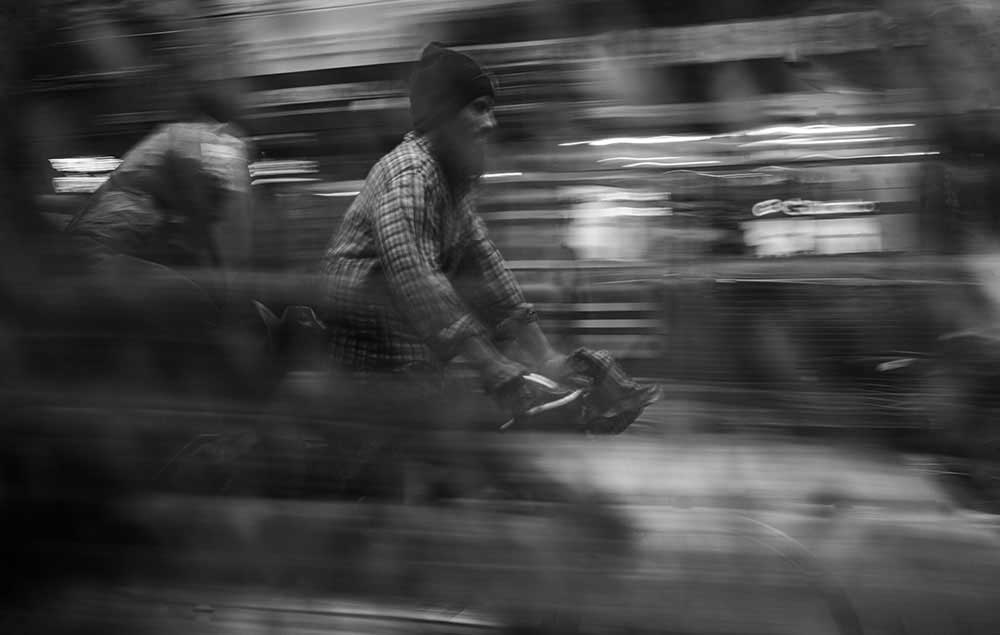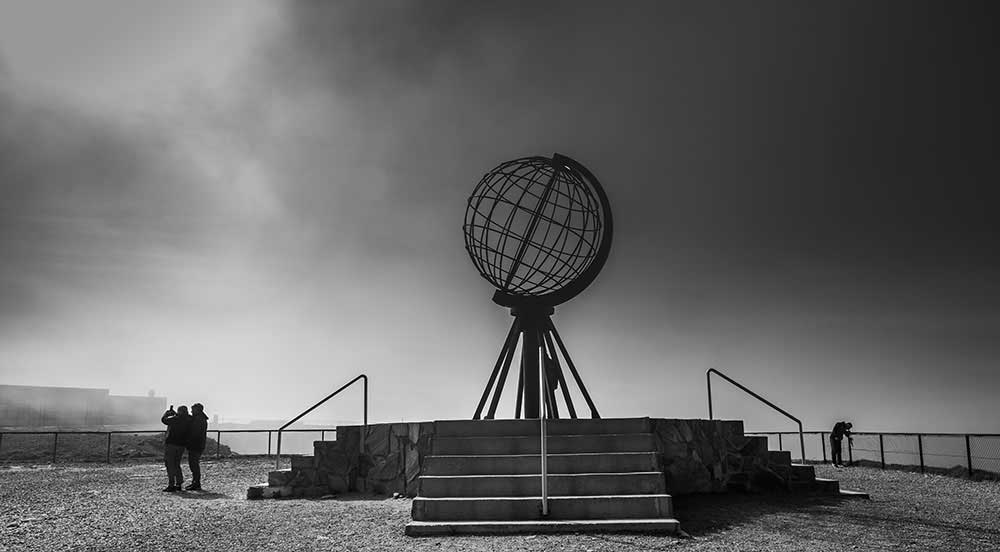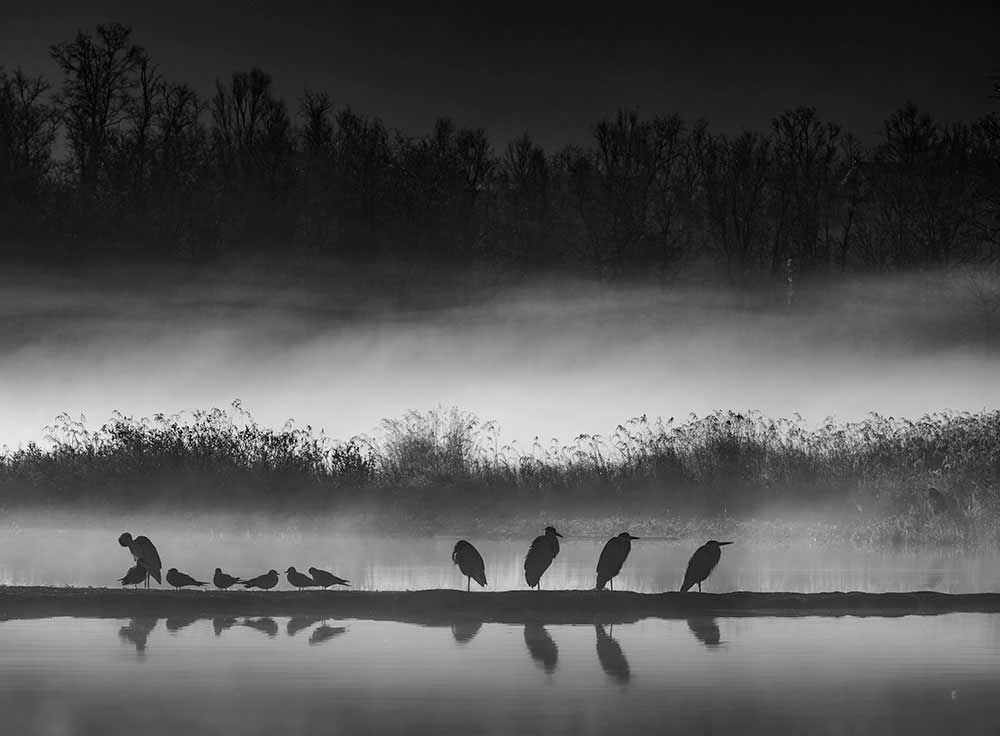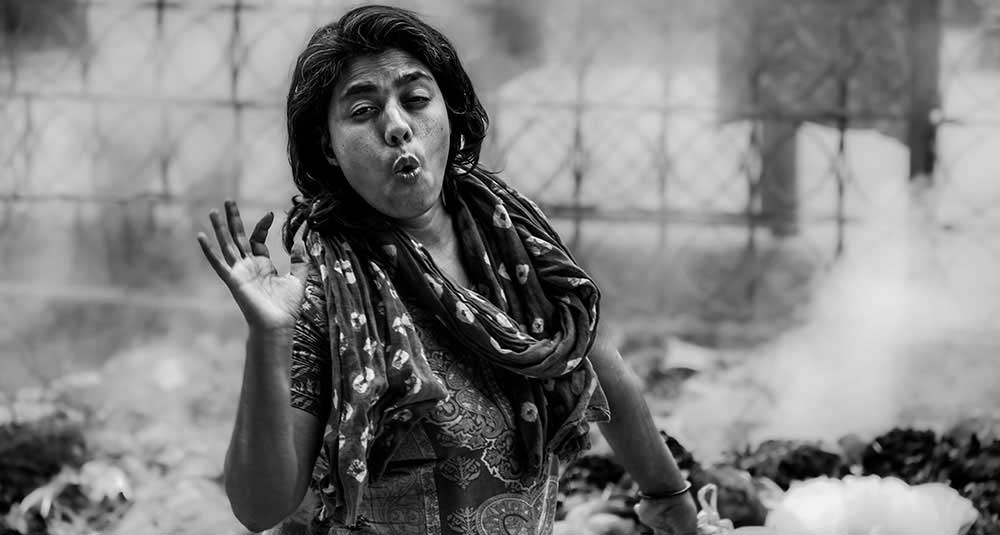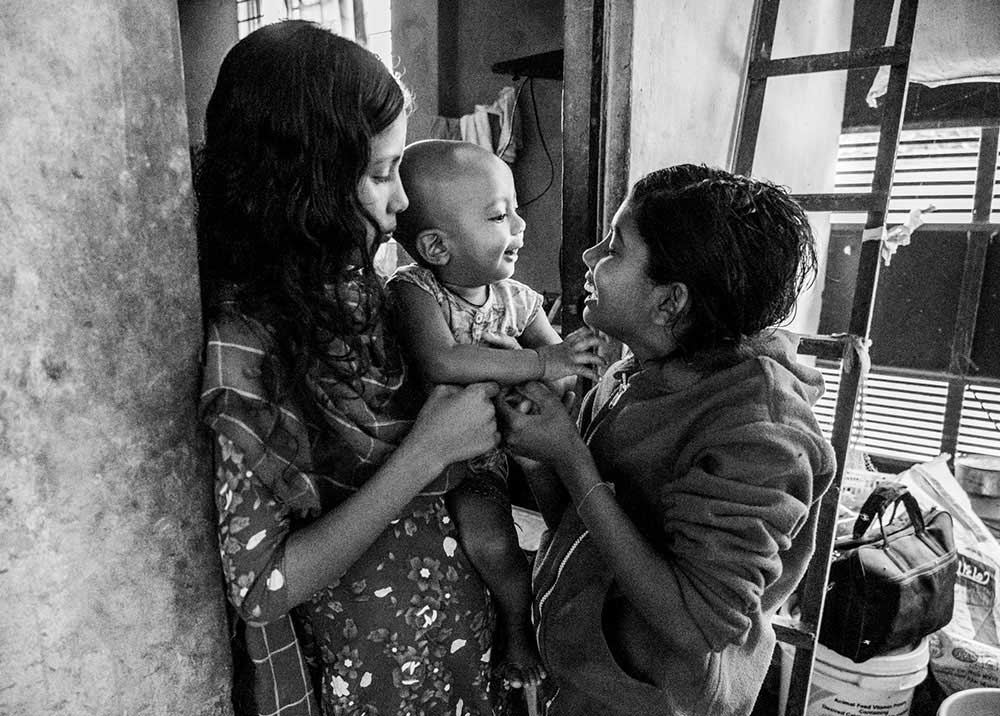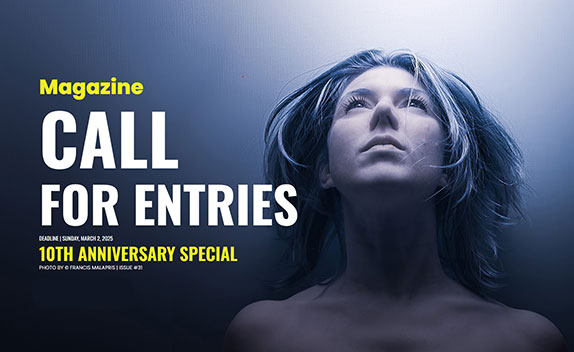During my recent trip to South Asia, I was fortunate to shoot more than 15K photographs. Of them, many cover peoples, mostly working women.
What amazes me is that more women are working, besides men, to support their families than before and in varieties of sectors, not only in garments but rather everywhere. Even I noticed they are working in the construction, sells, and small business sectors beside men as their counterparts, day & night.
My intent here is to show off these working women to the modern world through my work to change the world’s view on women in developing countries like Bangladesh, Pakistan, Nepal, etc. I have the ambition to exhibit these not only through online media but also through publications as well, including magazines/books/blogs on this topic.
The crucial things in my photos are, that there are no captions. It’s all depending on the viewers and how they depict the story. These are visual stories, and the stories are provided by the viewers.
The current project I’m working on, People’s Chapters, is all about the livelihood, struggles, happiness, and existence of the peoples/humans of Bangladesh, mostly from the Dhaka division. Dhaka, is the capital and itself a large metropolitan city, compared to the size of the entire country. Officially about 22 million people are living in the city, but many say its population is probably more than 2.5 times. It’s so large and so densely populated, that the city has been divided into two separate (South & North) city corporations for the sake of proper management. Part of the work soon going to publish as a monograph from London-based publisher SNAP Collective, under the title, “People: Dhaka Chapter”. Later, more chapters will be published from others, sequentially.
I plan to see the world and record people’s lives, cultures, and humbleness, through my lenses & digital sensors. I tried to portray some of my observations through my camera lenses. This volume consists of very carefully curated little more than 200 photos of my recent works.
It’s not only interesting but also important after I lost my father, suddenly massive changes I noticed in my personal and professional life. I’m getting less and less important in materialistic worldly stuff and getting more and more interested in surrealism. Seems this is more visible in my works.
About Mahmud Tareq Hassan Khan
Born in 1973, I’m a northern Norway-based art photographer. By education, I have got doctoral degrees in Pharmacology and MBA in management. Since 2000, I worked mainly in academia for research & teaching. I started doing photography in 1987 when I was in grade 8. My recently passed away father then gifted me a Yashica (Model: Electro 35) analog camera. That was my beginning. I’m mainly a self-taught photographer; yet learning through trial & error. Of course, millions of contents from the internet (mainly YouTube), blogs, books, journals, magazines, etc., helped me immensely.
I’m very much privileged to live in an extremely beautiful place above the arctic circle, a city called Tromsø. Here people come to see the scenes by paying thousands of dollars. So obviously I mostly shoot landscapes, nature, northern light, etc. But documenting people, their lives, lifestyles, movements, and streets, attracts me more than the scenic beauty.
Last few years I converted my passion into a sort of profession, and so far, I don’t charge any money for any shooting. I mainly work on people, streets, nature, landscapes, abstract, and of course travel. My artworks involve lenses and recording media are cameras. I like more B&W, but not limited to it. I shoot only uncompressed lossless raw. Currently, I’m using a Nikon full-frame (Model: Nikon Z7), a Leica full-frame (Model: Leica Q2 with fixed 28mm lens), a Fujifilm medium format (Model: Fujifilm GFX 100s) & an APS-C (Model: Fujifilm X100V), camera bodies, and lots of different prime and zoom lenses.
I travel a lot, both due to my work as well as for vacations. I shoot when I see something interesting in my path and very likely I shoot candid. I don’t have any fixed projects. I shoot and if I believe something I get interesting in my digital celluloid, I try to put it (or those) into some groups or some kind of projects. The photos, I thought could be also interesting for global audiences.



